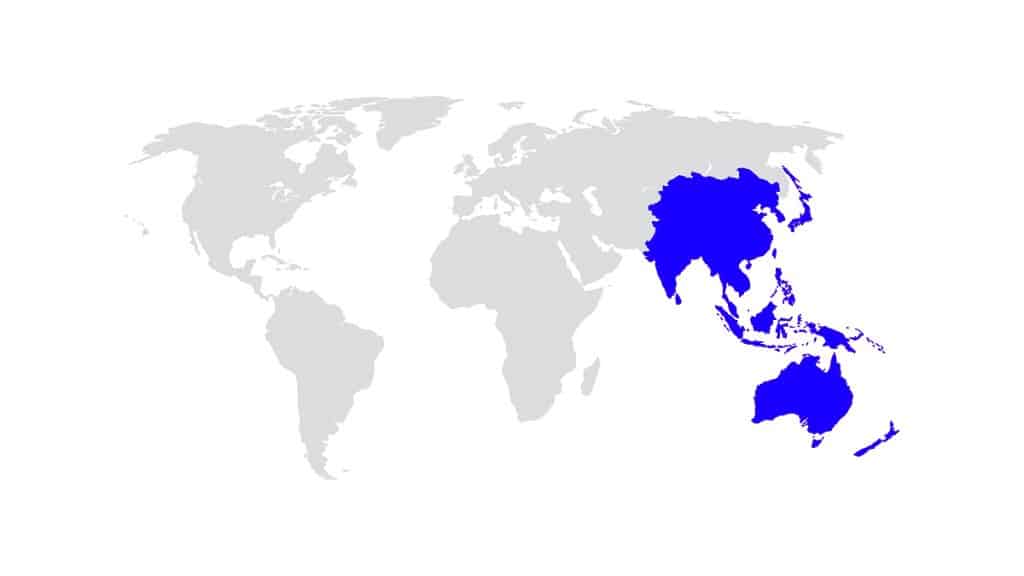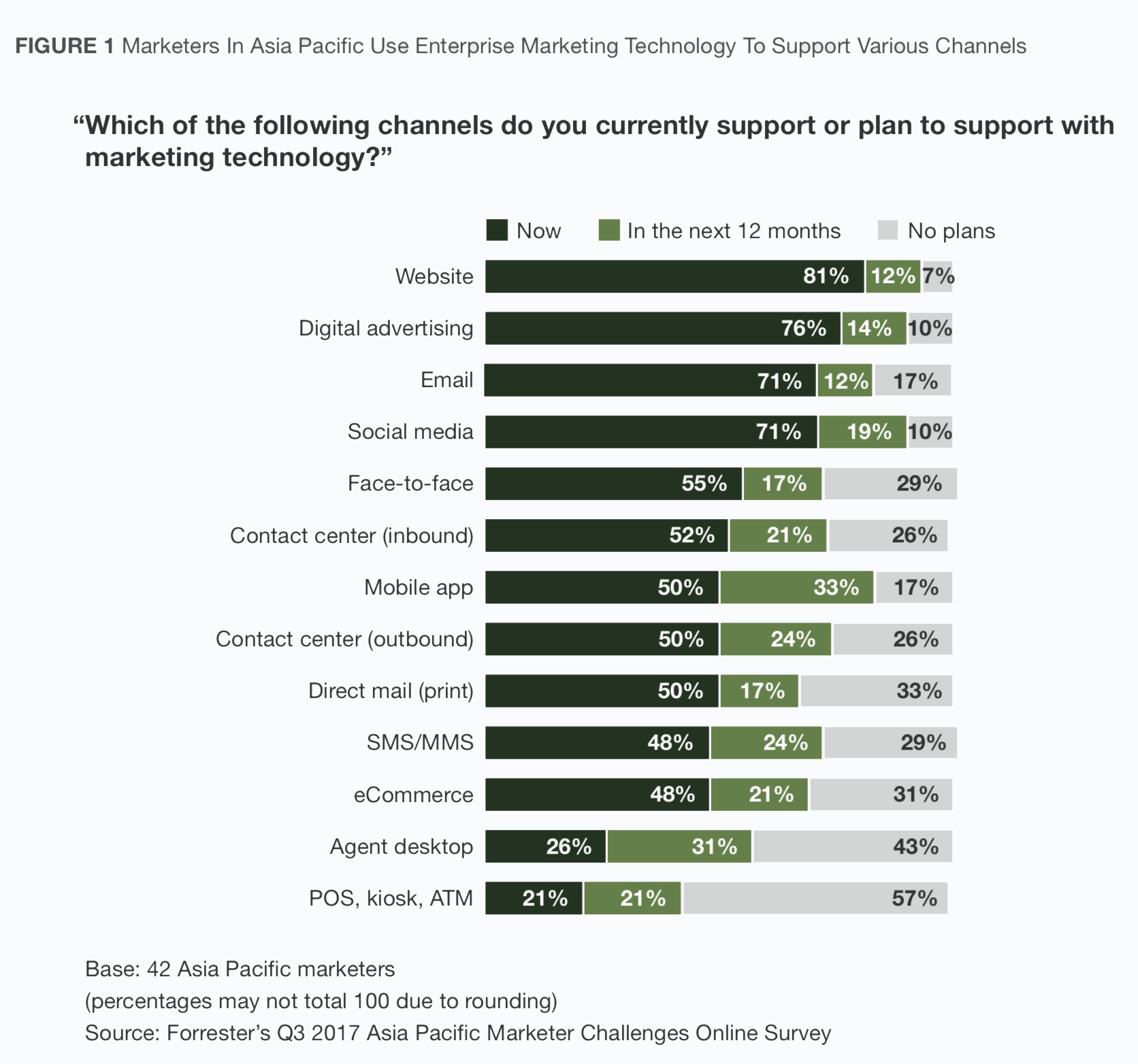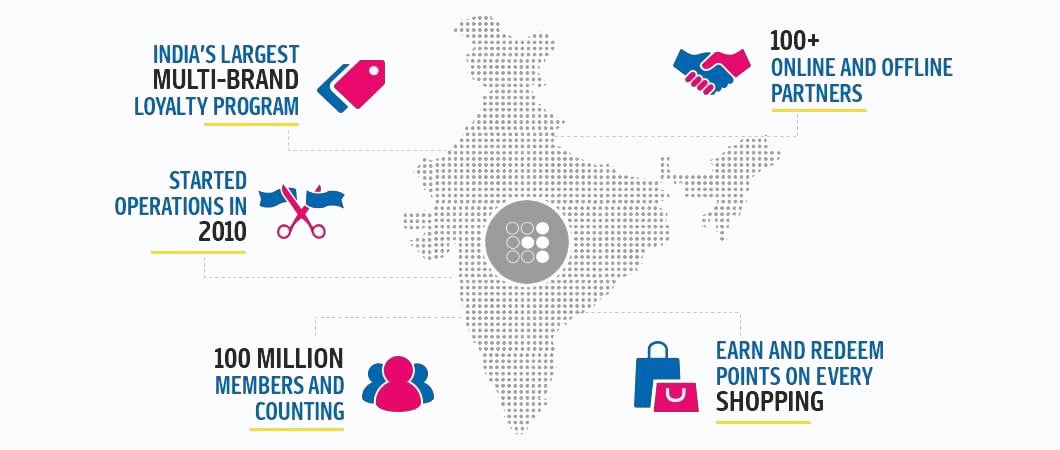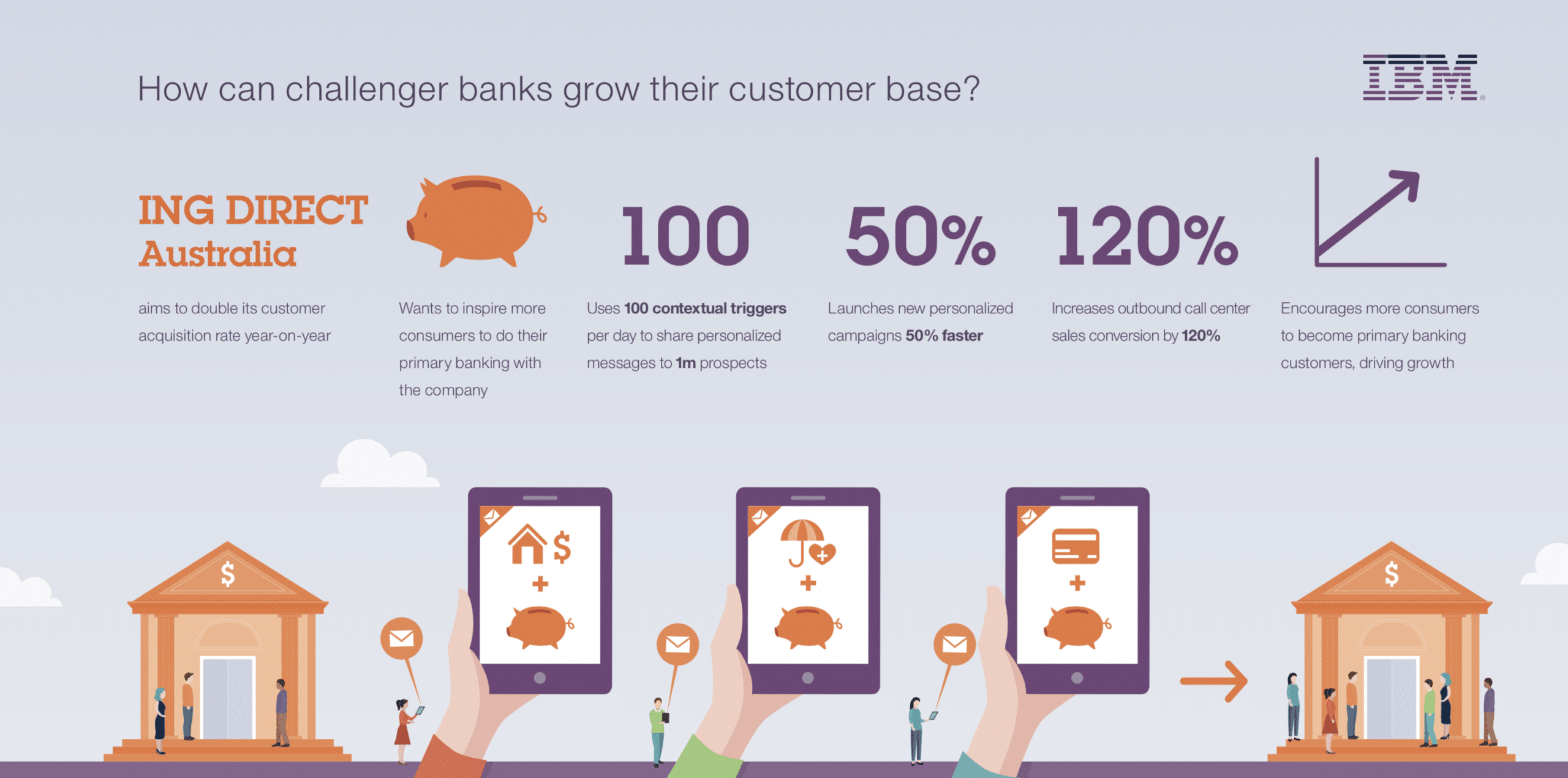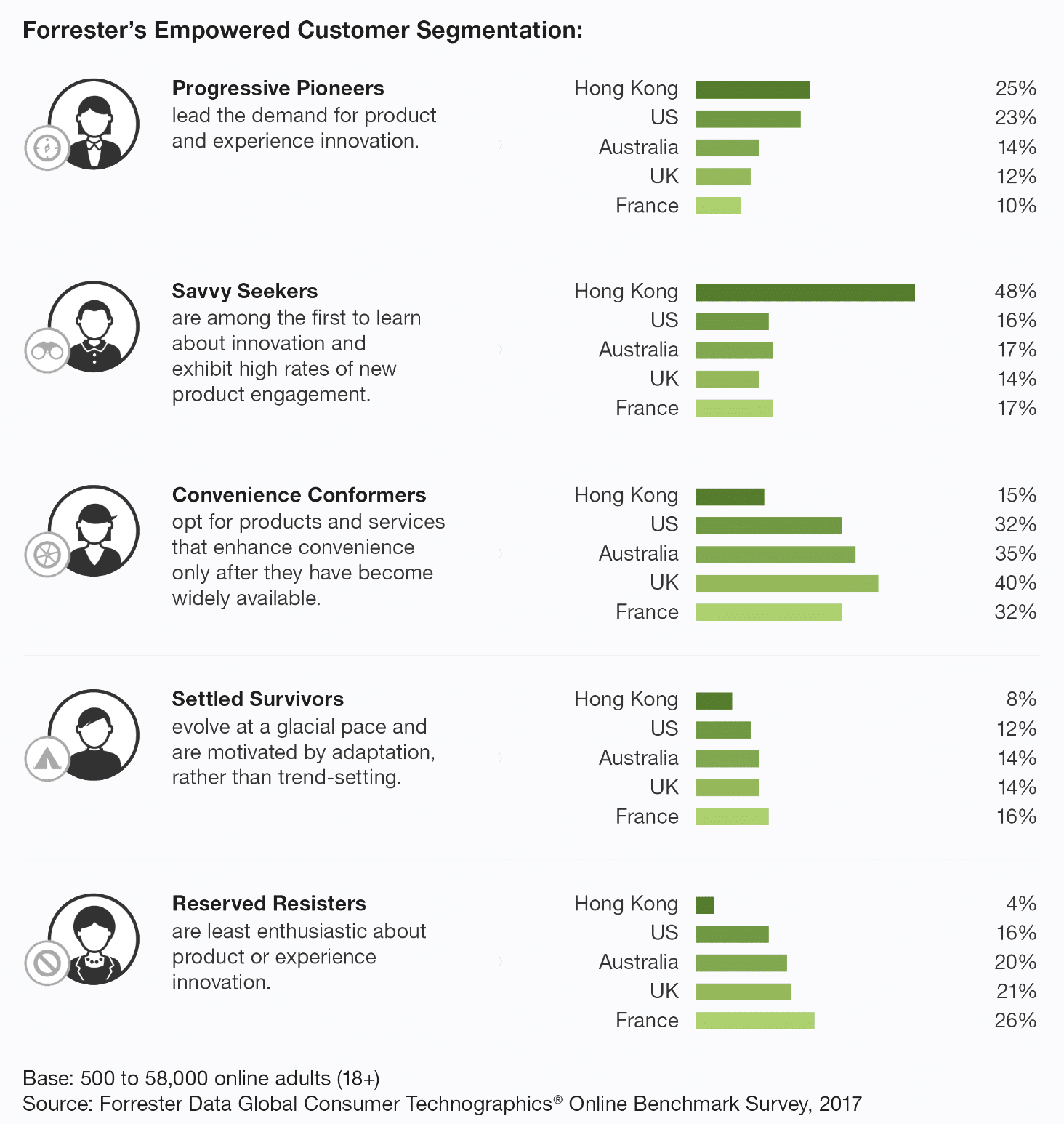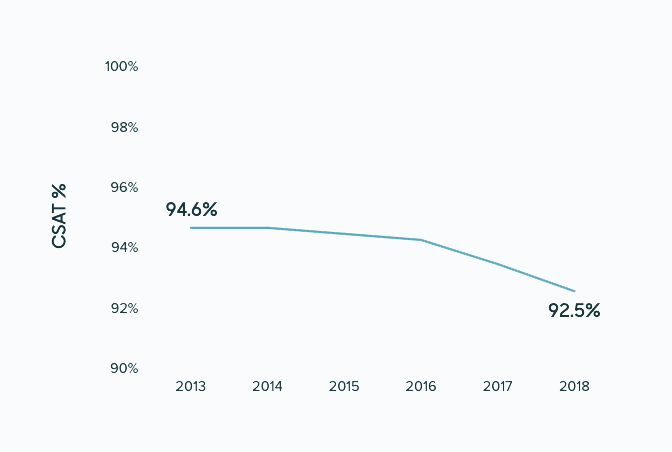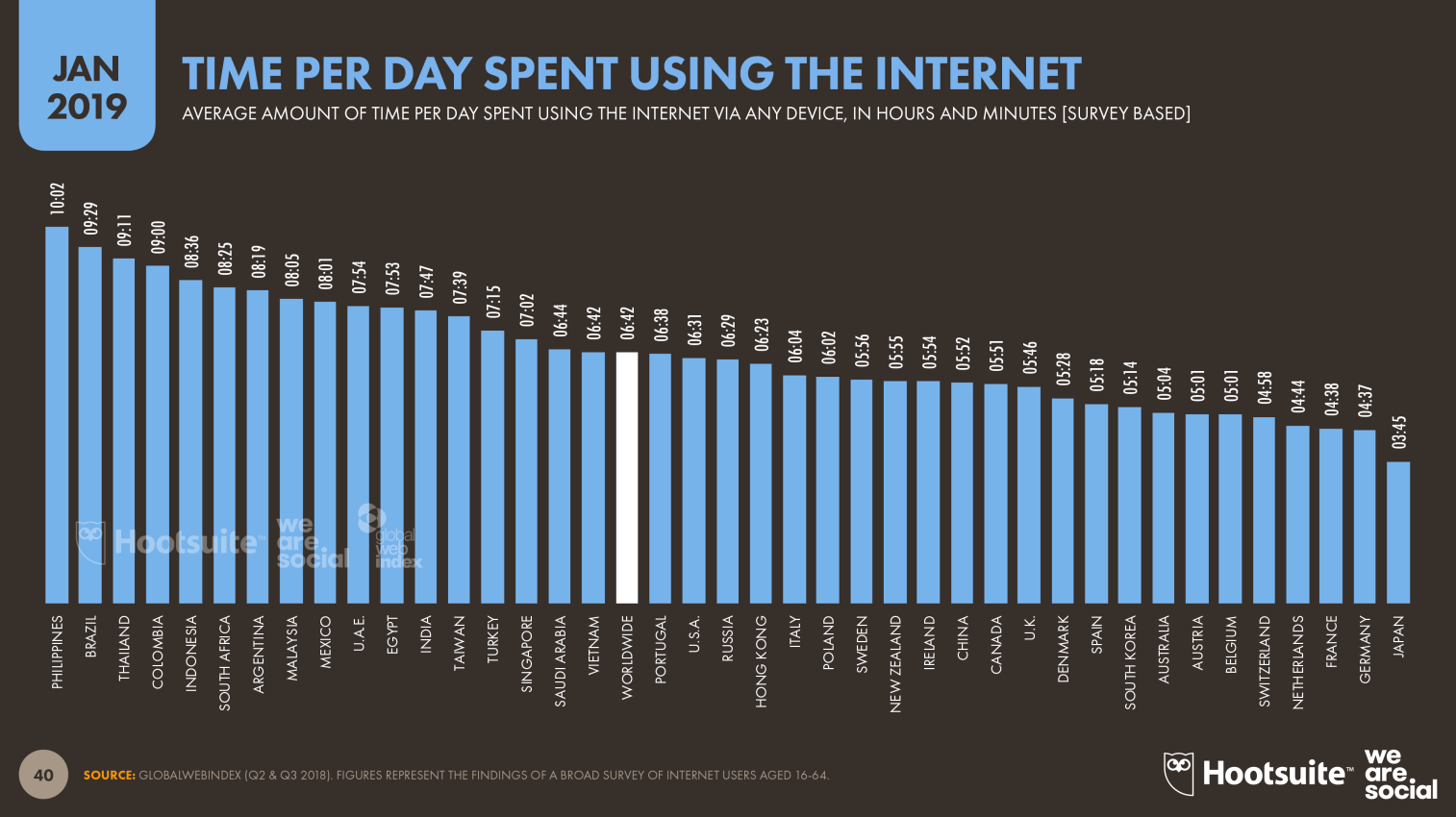“Compared with their peers in more mature markets like the US and Europe, many AP marketers – especially those in emerging markets like India and Southeast Asia – have yet to build a robust enterprise marketing technology (EMT) strategy, secure EMT skills and integration support, break down data silos, measure the ROI of EMT, and optimize their tech stack.” – Forrester, 2018.
It has been a reoccurring feeling in the last 1+ years of my professional experience across Asia Pacific that there is a misconception on how far ahead, or behind Asia Pacific is in regards to marketing capability. Asia Pacific matters in digital marketing!
I am reminded of the discrepancy between observed development gaps in digital marketing across AP and reality whenever I am visiting the US. It occurs when I am sitting in a room in either in New York, or San Francisco – IBM has the Watson Experience Centers in both cities. Usually I am accompanying a client from Asia Pacific on a tour across the US/Canada to meet ‘market leading’ companies in the same industry. It is past the half-way mark on the agenda and the awkward feeling rises: there seems to be a common misunderstanding how far ahead, or behind certain geographies are in digital marketing. I basically have to watch the audience realise that Asia Pacific – as a geography – has pockets of unbelievable innovation. Fortunately it is mostly my clients who realise that their efforts do compare very well on a global scale.
So after 18+ months across Australia, India, Indonesia, Malaysia, New Zealand, Phillipines, Singapore, South Korea, Thailand and Vietnam I want to share some of the insights I have gathered and want to try to explain my point of view (POV) on the WHY?
Summary: If you want to learn about scale – go to India. See AI being applied in a market leading way – go to Singapore. See how customer experience is a key part of understanding customer journeys – visit S. Korea and Australia. For mobile marketing requirements – go to Thailand (or any other AP market).
Before I add my POV below, allow me to quote some results from a 2018 Forrester study by Xiaofeng Wang: “Overcome Top Enterprise Marketing Technology Challenges In Asia Pacific“.
The Forrester study highlights 3 common suggestions for AP to focus on, which I think are all very true, but also show how AP is already leading in certain areas.
- Engage across online and offline channels . . .
- . . . but prioritize mobile channels.
- Extend across sales and service.
Comparing these suggestions with the focus areas of AP marketers, it seems the message has come across:
When reviewing the above topics in my experience AP is way ahead of the rest of the world.
In my opinion it is 4 areas which drive AP’s leadership in digital marketing:
- Scale
- Diverse markets
- Customer Expectations
- Mobile Usage
SCALE
Having worked with companies in India, it is amazing to see how they have to tackle challenges of growth across the unbelievable scale of their market place. Sending a billion emails per month is very different challenge in scale. I am always very impressed by the approach companies in India take to get ‘things done’. It is this ‘attitude’ that sets India apart from the rest of the world and will continue to drive unbelievable growth.
“India will have a 90 per cent mobile penetration by 2022 and is projected to have close to 850 million internet users. Businesses are increasingly looking at data driven insights to engage with their customers and create experiences which are personal and not mass targeted.” Karan Bajwa, MD, IBM India.
“With around 5,000 marketing campaigns in a year, we are trying to use Watson that can help us in personalising offers for customers,” said Rijish Raghavan, COO, Payback India at the Watson Marketing Data Center launch in India in May 2018. It was a special pleasure of my professional career to take part in the official announcement event with Rijish Raghavan, Karan Bajwa and our IBM AP CEO Harriet Green.
Payback is one of the companies that shows the opportunity to leverage marketing capabilities at scale. Quoting Rijish Raghavan again: “We are in process of implementing the full suite of Watson Campaign Automation and started the phased launch from September 2017. So far we have delivered over a billion communications to our members and we are looking to further consolidate the experience with more personalised and relevant messages while improving our engagement rates and simultaneously optimising costs across the entire marketing value chain.”
IndusInd Bank and Titan are just two other examples of companies dealing with the challenge and the opportunity of scale.
“Our objective is to build a cognitive framework powered by an automated marketing platform in conjunction with advanced analytical models which enables us to engage with our clients in a relevant and timely manner.” – Sameer Gupta, head personal banking and decision sciences at IndusInd Bank.
“… we will be able to personalize all customer interactions both online and in the store, introducing shoppers to new relevant products that not only evoke the design and flare that is indicative of our products, but reflect their unique, personal styles. We want to bring the warmth and relationships our stores are famous for, into the digital world that our customers are increasingly frequenting.” – Kuruvilla Markose, Chief Digital Officer, Titan Company Limited.
I have seen a lot of innovation by these companies, which easily stands up against their competition globally. So as far as I am concerned companies should be looking to India for clues on how to cater to massive scale.
DIVERSE MARKETS FUEL APPLICATION OF LEADING AI
Asia Pacific is a very diverse geography. It is this diversity which drives growth – also by applying differentiating and market leading AI capability.
“More than 4 billion people — 60% of the world’s population — live in AP.2 More than 2 billion of them are internet users, putting online penetration in the region at 48%.3 AP marketers face complexities including seven time zones; widely diverse cultures, languages, and religions; and various stages of demographic transition, economic development, and digital maturity. The sheer scale and diversity of AP makes marketing there a daunting task.” – Forrester.
It is interesting how far ahead some of the markets are in their adoption of AI. Have a read of this great article from DBS’ MD & Group Head – Data Management Royce Teo on the predictions of the World Cup winner in 2018: Who will win the World Cup? It shows how far some institutions have come to embrace AI and ML – and yes – they predicted France to win.
Forrester gives some good insight into how marketers’ AI initiatives tap into three marketing layers below. It is these applications of AI and their sample use cases I have seen being adopted successfully in AP:
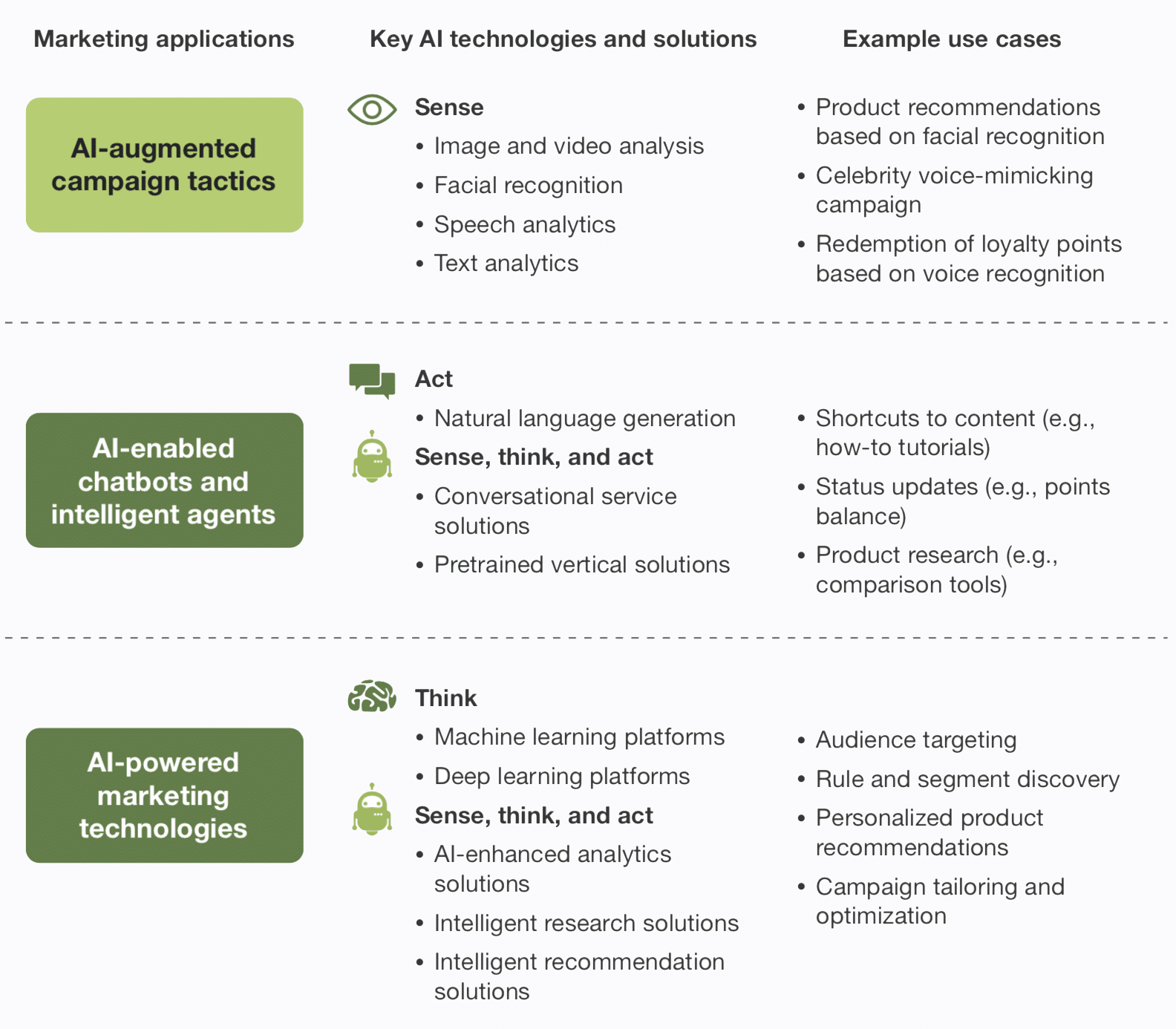 Again, AP is ahead in this area as 49% of marketing decision makers whose firms focus primarily on B2C in Asia Pacific said that their marketing organizations plan to implement, have already implemented, or will upgrade their implementation of AI, compared with 33% in Europe and 32% in North America – according to the 2017 Forrester Analytics Global Business Technographics® Marketing Survey.
Again, AP is ahead in this area as 49% of marketing decision makers whose firms focus primarily on B2C in Asia Pacific said that their marketing organizations plan to implement, have already implemented, or will upgrade their implementation of AI, compared with 33% in Europe and 32% in North America – according to the 2017 Forrester Analytics Global Business Technographics® Marketing Survey.
ING DIRECT in Australia is another example of applying ML and AI early in their go-to market strategy to drive change and success. Their strategy pays off through their very high NPS rating: “ING has a “net promoter score” (NPS) of 22, the highest of any bank in Australia.” (AFR.com)
Another example is OCBC Bank. “We can now go from conceptualising a new granular, targeted marketing campaign to launching it in a single day.” — Donald MacDonald, SVP, Head of Group Customer Analytics & Decisioning, CRM, OCBC Bank.
Given the scarcity of talented digital marketers in some markets and the growing complexity in this area, AI has been a driving force of change across AP to stay competitive. Banks like DBS, OCBC and ING (among others) show how successful adoption of AI can be. Yet again, I can only point to AP when it comes to leadership in the AI space.
CUSTOMER EXPECTATIONS
Consumers and their expectations are rapidly evolving, but the rate of change differs globally. AP is far ahead of some other markets in this dimension as well.
It is these results which show the difference in consumer expectations and behaviour impacting AP. It is interesting to see further research results showing that marketing measurement is a key investment priority for marketers in AP: 68% of the marketing decision makers planned on increasing their budget for measuring advertising and marketing performance in 2017, also stating that it is their No. 1 challenge (Forrester) Why? Because marketers in AP are in a more complicated measurement environment than their peers in the US and Europe.
AP has some of the most empowered and mobile-mind-shifted consumers in the world (Forrester). As consumer behaviour gets more complicated, so does designing the right marketing journeys and the right measurement.
AP digital marketers are tasked with much more challenging scenarios. Requirements around mobile marketing and combining it with digital advertisement are more advanced in my conversations with AP customers – as compared to my colleagues and their customers in the US and the EU.
The CSAT results from the 2019 “The Zendesk Custgomer Experience Trends Report” show a clear dip from 2016 to 2018.
The report also features a quote I like a lot: “Your customers are comparing you to the best customer experience they’ve ever had – every time“. You are not competing against your industry anymore, you are competing against every customer experience out there – all the time – every time.
In numbers: “There’s been a global dip in customer satisfaction across the companies we measured. Over the past five years, CSAT is down 2.1%, from 94.6% in 2013 to 92.5% in 2018. It’s even decreased 0.9% in the past year.” (Zendesk).
My favourite story in this regard is the expectation of ‘consumers’ in Singapore as compared to – basically any major US city. Just try to get a taxi in NYC, San Francisco or Singapore and compare the difference.
Good news is that Singapore has also seen a different trend: here CSAT scores actually improved.
So when trying to see how companies are managing the growing requirements of their consumers, look no further than Singapore – and another great market in this regard: South Korea. Watching consumers interact with brands in Seoul can give valuable insights – just by observation. It is no surprise that this market then is also leading in the application of customer experience software – like IBM’s Tealeaf.
MOBILE AND INTERNET USAGE
As mentioned before, the Asia Pacific market is far ahead in mobile marketing capabilities – based on the incredible growth of internet usage.
10hrs a day of Internet usage in the Phillipines, followed by other AP markets, such as Thailand, Indonesia, Malaysia and India (in the top 12) – shows a pretty interesting picture.
Designing marketing campaigns and initiatives around mobile capabilities are not just a nice to have in AP. They are the basis of doing marketing. The requirements of sending SMS, target with location based services for mobile devices and include App notifications are very different to other markets globally.
I can only suggest to visit markets like Thailand and Indonesia to see how far ahead AP is yet again. As a reference, I am going to use a story I was able to support in Australia. The startup GAVL does not just have a great business idea, but also shows the demand for ‘mobile’ capability in Australia (which I kind of left off a lot in this blog). Australia may be behind on the ‘internet usage’ side, but take a look at this: Apple Pay is now at 99% acceptance in Australia. So let me quote Michael Artup, General Manager at GAVL: “We see great potential for growth, and with intelligent automation driving our customer support there’s no limit to how large we can scale.”
You can read more about their journey here and see some of their results below:
A great example I am happy to list is Australian based BUCKiTDREAM. Another great innovation coming from AP.
Let me quote Tim Carroll, CEO and founder of BUCKiTDREAM on their differentiating capability: “Establishing an emotive connection to a brand is the very purpose of a loyalty rewards program, and yet ironically it is a large missing piece across the industry. We have created a global ‘intention marketplace’ where consumers can share their dreams via the BUCKiTDREAM platform, which an AI-powered martech stack is a critical element to connect consumers with brands …“.
Inhi Suh, General Manager, Watson Customer Engagement: “Today’s marketing professionals are being tasked in ways unlike ever before with the trend now heavily favouring those who embrace new technologies such as AI to augment the discipline’s capabilities. We’re seeing AI-powered martech helping startups such as BUCKiTDREAM quickly achieve scale in unprecedented ways to demonstrate their VC viability, and balanced against the constraints of available resources in terms of budget, infrastructure and talent.”
So in summary it is these 4 areas, which I believe drive market leading change right from the Asia Pacific region. I hope you agree. I am looking forward to the next time I am in a room – maybe this time in Singapore – when a large company from the US or Europe is visiting a ‘market leading’ innovator – right here in Asia Pacific.

